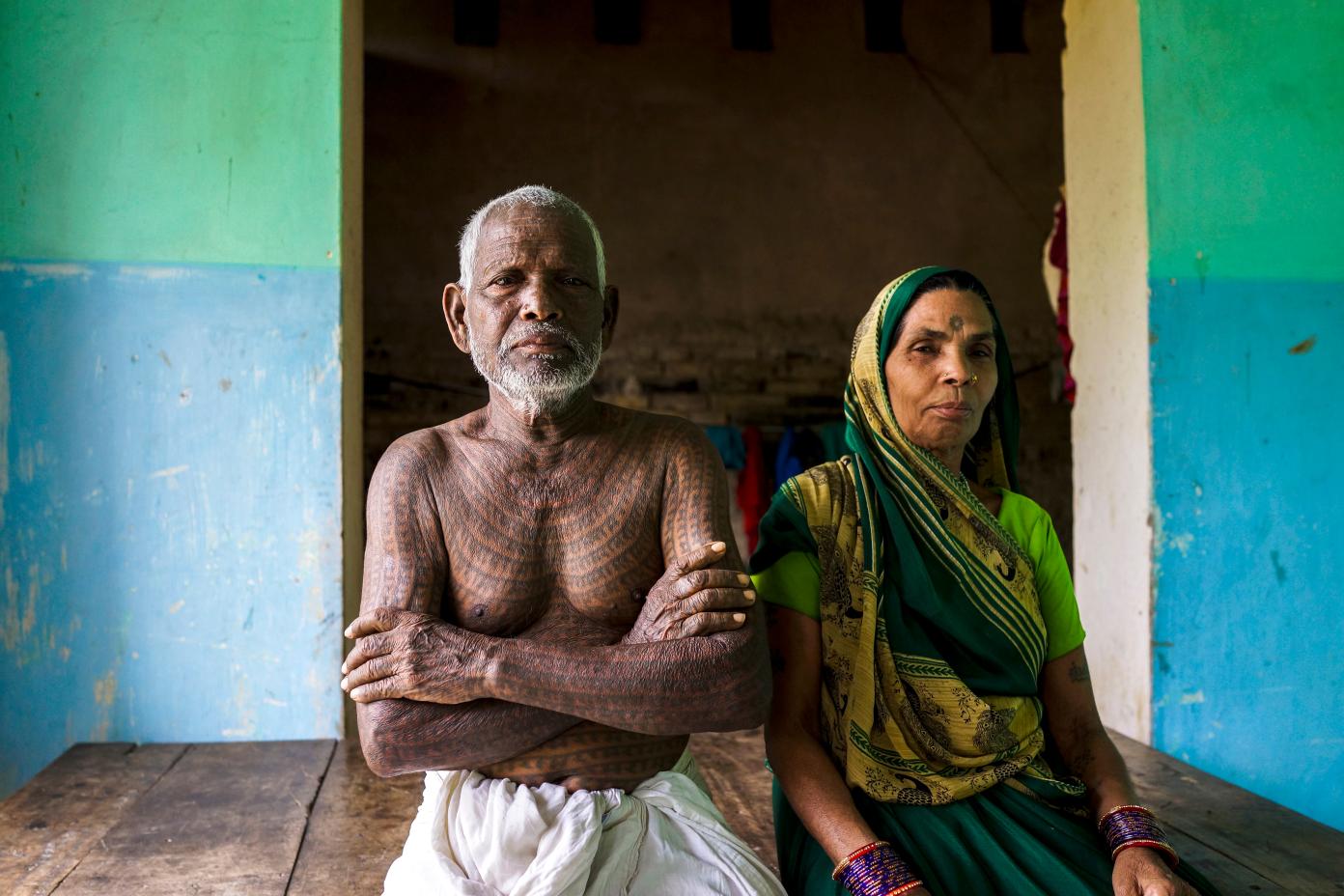New York, 7 October 2021 – Disparities in multidimensional poverty among ethnic groups are consistently high across many countries and in nine ethnic groups more than 90 percent of the population is trapped in poverty, according to new analysis on global multidimensional poverty released today.
The global Multidimensional Poverty Index (MPI) produced by the United Nations Development Programme (UNDP) and the Oxford Poverty and Human Development Initiative measures poverty by considering various deprivations experienced by people in their daily lives, including poor health, insufficient education and a low standard of living. Today’s report examines the level and composition of multidimensional poverty across 109 countries covering 5.9 billion people and presents an ethnicity/race/caste disaggregation for 41 countries with available information.
The report finds that, in some cases, disparities in multidimensional poverty across ethnic and racial groups are greater than disparities across geographical subnational regions. Indeed, when the MPI is disaggregated by ethnic group, the range in values is greater than that across all 109 countries and all other disaggregations tested.
It also shows how, within a country, multidimensional poverty among different ethnic groups can vary immensely. For example, the difference in the percentage of people who are multidimensionally poor across ethnic groups is more than 70 percentage points in Gabon and Nigeria.
In Latin America, indigenous peoples are among the poorest. For instance, in Bolivia indigenous communities account for about 44 percent of the population but represent 75 percent of multidimensionally poor people. The figures are also stark in India where five out of six multidimensionally poor people were from lower tribes or castes.
The multidimensional analysis also maps out next steps. The MPI combines the incidence and the intensity of poverty. The two poorest ethnic groups in Gambia - the Wollof and the Sarahule - have roughly the same MPI value, but their deprivations differ, suggesting different policy actions are needed to reduce multidimensional poverty.
An intrahousehold analysis of multidimensional poverty focused on gender is also included. Worldwide about two-thirds of multidimensionally poor people (836 million) live in households where no woman or girl completed at least six years of schooling. One-sixth of all multidimensionally poor people (215 million) live in households in which at least one boy or man has completed six or more years of schooling but no girl or woman has. The report also finds that women and girls living in multidimensional poverty are at higher risk of intimate partner violence.
Worldwide, across 109 countries and 5.9 billion people:
- 1.3 billion people are multidimensionally poor.
- About half (644 million) are children under age 18.
- Nearly 85 percent live in Sub-Saharan Africa (556 million) or South Asia (532 million).
- More than 67 percent live in middle-income countries.
But what is the day-to-day reality of life for multidimensionally poor people? The data paint a grim picture:
- 1 billion are exposed to solid cooking fuels, another billion live with inadequate sanitation and another billion have substandard housing.
- 788 million live in a household with at least one undernourished person.
- 568 million lack improved drinking water within a 30-minute roundtrip walk.
“The COVID-19 pandemic has eroded development progress around the world, and we are still grappling to understand its full impacts," says Achim Steiner, UNDP Administrator. "This year's Multidimensional Poverty Index (MPI) reminds us of the need for a complete picture of how people are being affected by poverty, who they are and where they live, if we are to build forward better from this crisis and design effective responses that leave no one behind.”
Though multidimensional poverty remains high, there were encouraging signs of progress in some countries, at least until the onset of COVID-19. Of the 80 countries and five billion people for which there is data over time, 70 reduced MPI in at least one period, with the fastest changes coming from Sierra Leone (2013–2017), followed by Togo (2013/2014–2017). Some countries saw the fastest absolute reductions in their poorest regions—helping to fulfil their pledge to leave no one behind. These areas include North Central in Liberia (2013–2019/2020) and Province 2 in Nepal (2016–2019).
“Achieving a future where all people enjoy core capabilities they value and have reason to value requires the global community to fix the structural inequalities that oppress and hinder progress. Disaggregating multidimensional poverty data by ethnicity, race, caste and exploring gendered and intrahousehold patterns unmasks disparities and forms a vital guide to policymakers to leave no one behind in the last decade for action” says Sabina Alkire, Director of OPHI at the University of Oxford.
While complete data on COVID-19’s impacts on the MPI are not yet available, the pandemic has exposed cracks in social protections systems, education, and workers’ vulnerability around the world. These cracks, the report shows, are deepest in countries with higher levels of multidimensional poverty. For instance, millions of children around the world stopped attending school during the pandemic but that disruption of formal education was more prevalent in higher MPI countries. In Zambia for example, the difference between the share of households with children attending school before the pandemic and those who participated in teacher-assisted learning during the pandemic was around 80 percentage points. Experiences from past health emergencies suggest that many of these children may never go back to school.
Access full data and publication: hdr.undp.org/en/2021-mpi and https://ophi.org.uk/multidimensional-poverty-index/
***
UNDP is the leading United Nations organization fighting to end the injustice of poverty, inequality, and climate change. Working with our broad network of experts and partners in 170 countries, we help nations to build integrated, lasting solutions for people and planet.
Learn more at undp.org or follow at @UNDP.
The Oxford Poverty and Human Development Initiative (OPHI) is an economic research and policy centre within the Oxford Department of International Development at the University of Oxford. OPHI aims to build and advance a more systematic methodological and economic framework for reducing multidimensional poverty, grounded in people’s experiences and values
Learn more at ophi.org.uk or follow at @ophi_oxford

 Locations
Locations